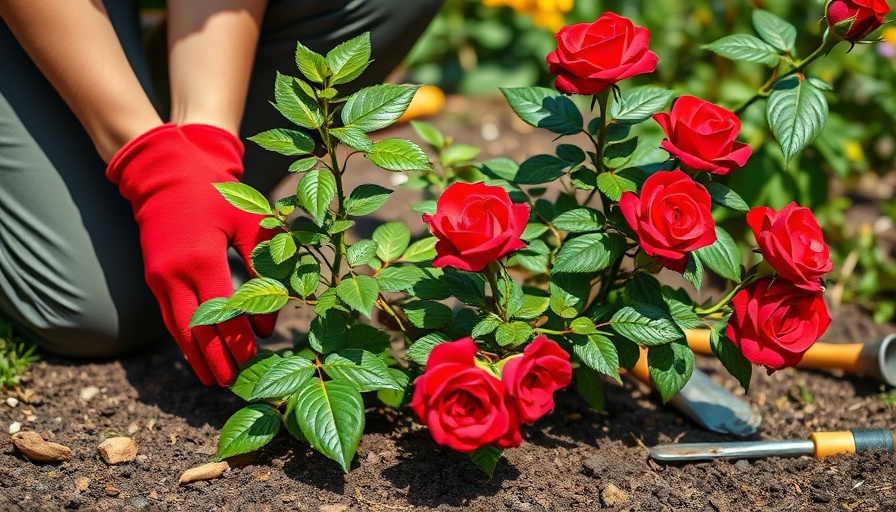
Mastering the Art of Planting Rose Bushes: Your Comprehensive Guide
When it comes to nurturing your outdoor space, few plants add as much beauty and elegance as roses. However, the secret to thriving roses lies in the initial planting process. Follow these comprehensive steps to ensure your roses flourish and last for decades.
1. Timing is Everything: When to Plant Roses
Planting roses at the right time can significantly enhance their chances of survival. The ideal seasons for planting are spring and fall, particularly in regions prone to harsh winters (USDA Hardiness Zones 6 and below). Wait until the danger of frost has subsided in spring, and plant in fall at least six weeks before the first expected frost to give them time to establish roots. Also, be mindful not to plant during periods of extreme weather, such as heavy rain or drought, which can adversely affect the soil and roots.
2. Selecting the Perfect Spot for Your Roses
Choosing the right spot is crucial for the success of your rose bushes. The ideal location should offer ample sunlight, well-draining soil, and enough space for growth. Consider the variety of roses you plan to plant; for instance, hardy species can grow in less-than-ideal conditions, while more delicate varieties require richer soil conditions and protection.
In regions like Portland, Oregon, roses bloom along highways due to their hardiness. However, traditional garden roses such as tea or damask roses demand a more curated environment with optimum sunlight and soil quality. Be mindful of spacing to prevent overcrowding, which can lead to pest infestations and diseases.
3. Preparing the Soil: Setting Up for Success
Prior to planting, it's important to prepare the soil properly. Ensure that the area is free from weeds and debris. Incorporate organic compost into the soil to enhance nutrients and improve drainage. This organic gardening practice encourages a healthier growth environment promoting robust root development.
4. Digging the Right Hole: Dimensions Matter
A common misconception is that the hole should be merely big enough to house the roots. In reality, the hole should be at least twice as wide as the root ball and deep enough to accommodate the roots without bending. Ideally, you want the graft union (swelling on the stem where the roots meet the canes) to be just above soil level for optimal growth.
5. Planting Technique: Get It Right
Once the hole is dug, it’s time to prep your rose bush. Remove the plant from its container and gently loosen any circling roots before placing it in the hole. Back-fill with soil while carefully tamping down to eliminate air pockets. Finally, water the newly planted rose deeply to help settle the soil and ensure that water reaches the roots.
6. Maintaining Your Roses: Watering and Care
After planting, continue to care for your roses by ensuring they receive adequate hydration without overwatering—twice a week is generally recommended. Keep an eye out for garden pests and diseases which can threaten your plants. Regular maintenance, such as pruning and soil testing, will enhance growth and flowering.
7. Common Challenges and Solutions
New gardeners often encounter problems like pests and diseases. Familiarize yourself with common garden pest control methods, and consider companion planting to help deter pests naturally. Additionally, familiarize yourself with organic pest control options to keep your garden thriving sustainably.
8. Why Roses Are Worth the Effort
The dedication and initial effort put into planting roses are well worth it. Beyond being a visual delight, roses can enrich your emotional well-being and bring beauty to your garden design. Their blooms attract pollinators, contributing positively to your local ecosystem.
Investing time in the proper care of your roses ensures blooms for years to come, making every moment spent preparing them an investment in joy. So dig in, plant thoughtfully, and watch your garden flourish!
For more gardening tips and DIY gardening projects that can elevate your outdoor space, stay tuned for our upcoming articles!
 Add Row
Add Row  Add
Add 




Write A Comment